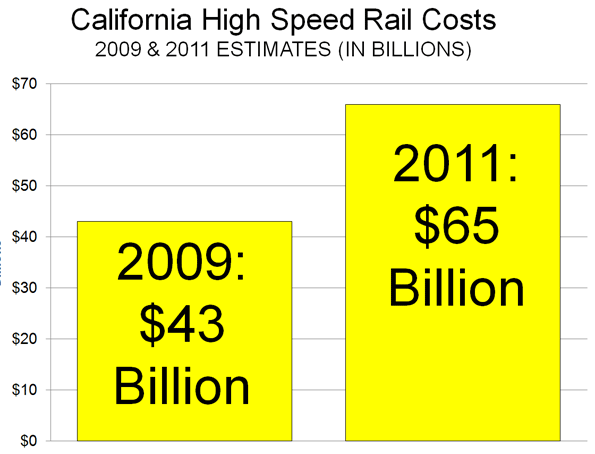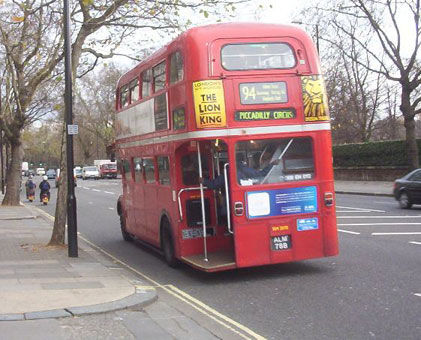The Houston Chronicle editorial board recently argued that light rail is key to combating Houston's traffic congestion problems. But if you look at the three cities with worse traffic congestion than Houston - DC, Chicago, and LA - they have much more transit, including tons of light rail in LA. Transit clearly hasn't solved the problem in these cities. These people aren't stuck in that traffic because they like it - it's because the transit doesn't go where they need to go or isn't timely. This is especially true with the rise of dispersed job centers in those cities where the trains don't go or don't provide good connectivity to the suburbs where people live. Let's see, in Houston we have downtown (<7% of jobs), uptown/Galleria, the med center, Greenway, Greenspoint, the Energy Corridor, Ship Channel, and NASA - among others. If that's not a dispersed set of job centers poorly suited to rail connectivity, then I don't know what is.
It's absurd to argue a light rail network focused inside the 610 Loop is going to do anything to relieve congestion or provide relief to commuters from the vast suburbs outside the loop. The solution is not doubling down on our multi-billion dollar LRT network, but instead scaling it back (University line only, IMHO) and instead spending the funds on a radical increase in express bus commuter services connecting all suburbs to all job centers with frequent nonstop 60+ mph transit using high-speed HOV/HOT lanes. Imagine driving to your local suburban transit center (which might just be a mall parking lot) and finding regular, frequent express buses (of all sizes) serving every major job center in Houston. These buses could have amenities like wifi and laptop trays. They might even be run by private operators (with subsidized fares) competing on routes, schedule, reliability, service, and amenities. And after they get to the job center, they can circulate to get you right to your building - no long walks in heat, cold, or rain. Finally, all of this is a single-seat service without annoying and time-consuming transfers from bus-to-rail or rail-to-bus (or even rail-to-rail).
It's a much more practical solution for a city like Houston, but one that requires innovating 'outside the box' as a transit agency rather than parroting the "more rail" mantra that every other transit agency in the country repeats endlessly.
For more details, see these two previous posts:
This post originally appeared at Houston Strategies.














